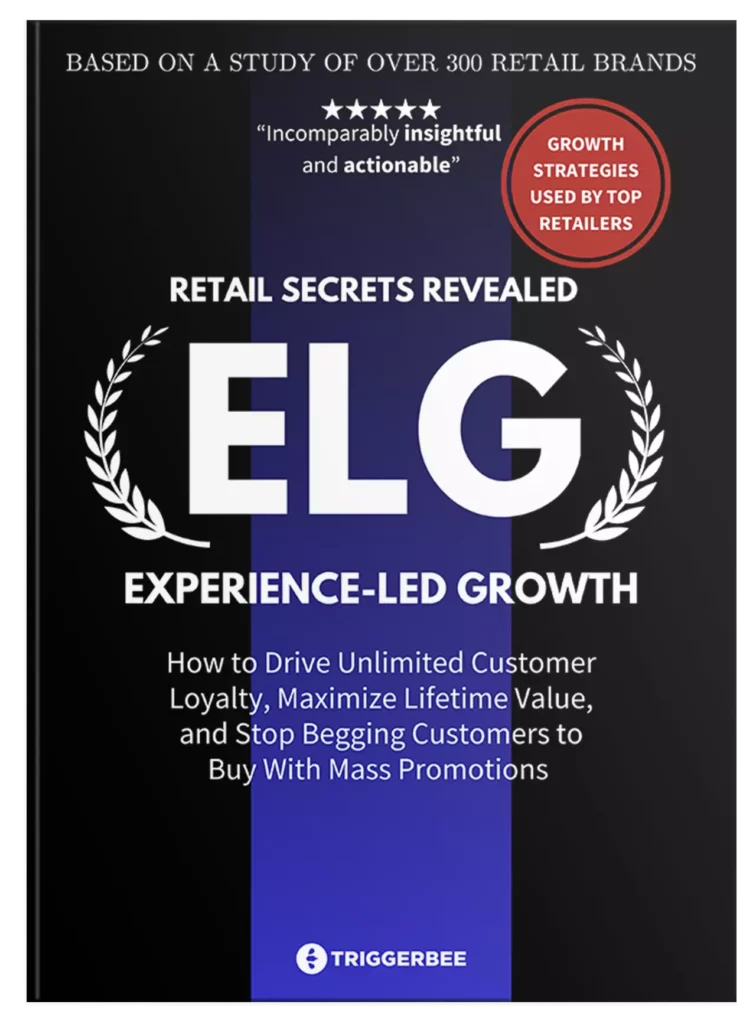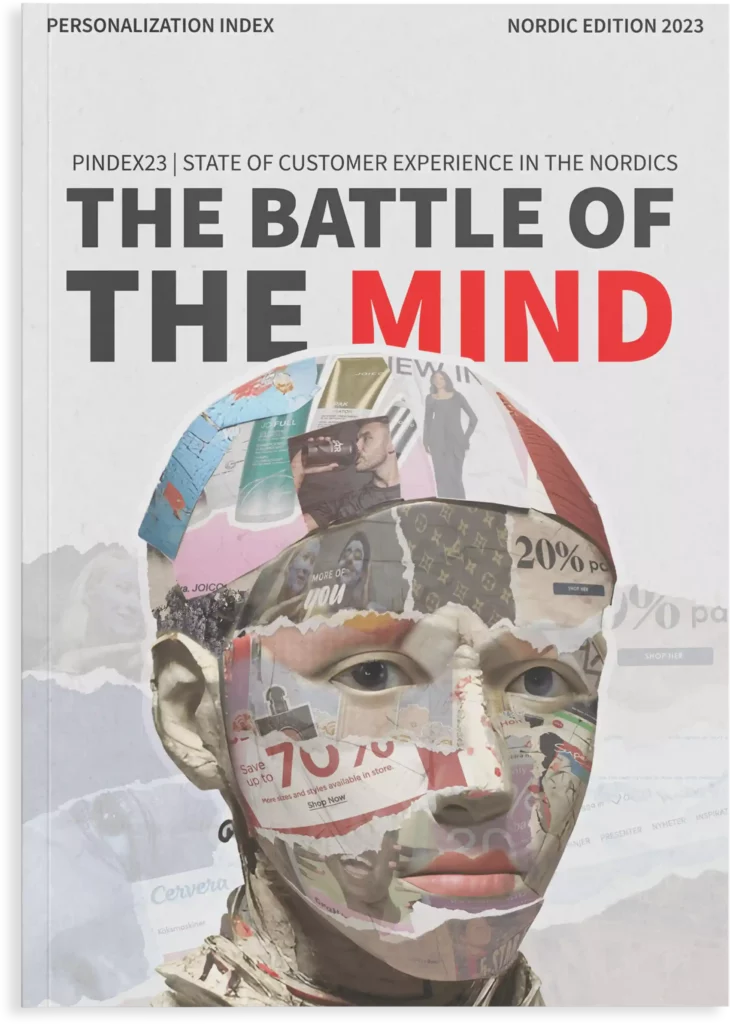Visiting San Jose the other day I met up with my old friend Alfonso de la Nuez, founder and CEO at UserZoom. Eric Rodriguez, Marketing and Demand Generation director at UserZoom joined in our conversion and we talked about inbound marketing and how it has been successful for them to grow their business.
It all started many years ago in the flat that Alfonso and I shared in Madrid. Apart from the many crazy parties we held there (where the police would usually show up) we were both busy developing our own respective startups in the living room. Using internet (ISDN from Telefonica), “Business 2.0”-magazines for inspiration and our computers we followed our passion for IT and entrepreneurship. The business Alfonso started with his fellow founders in that living room has now grown into what is now Userzoom with 4 offices in US and Europe, 130 employees and a recent valuation around $60 million dollar. I was curious to know how they managed to achieve this. It turns out Inbound Marketing was a key strategy to their success and Eric and Alfonso where happy to share their best advice and experiences with me.
UserZoom offers a suite of tools that allow companies to improve the user experience in their services. Their incredible growth has left many impressed, so impressed that they just a few months ago received a $34 million investment to further expand the business.
Alfonso, how has UserZoom evolved since the early years in our living room?
– Quite a bit! Started as a services model focused on one market (Spain) and evolved to an scaleable SaaS model with international coverage and HQ in Silicon Valley. Also, we were three founding partners with a notebook and about 10k€ from a Business Angel, and now we’re about 130 employees, offices in four countries and $15M in sales. Finally, we also have an amazing Silicon Valley investor and partner to help us continue growing. We still have a long road ahead.
What has been the key to your success?
– Actually it’s pretty obvious now. The key was to put all these ingredients in place early on. I’d say that the key factors are: 1) Timing and market opportunity: The UX Design and Research space is way bigger now than it was back when we started. We have the first movers advantage. 2) Product: We’ve invested quite a bit on innovation and our product offers lots of capabilities and is quite versatile, making us very competitive. 3) Target: We focused on a clear target market pretty much since the beginning and stuck to it through the years. 4) Internationalization: If we hadn’t made the move to the US, we’d most likely gone bankrupt in Spain, especially after the 2008 crisis.

What role has inbound marketing played in the success story of Userzoom?
– Now we have a solid salesforce, but back when we started it was necessary to use cost-effective methods to get leads and build brand awareness. So Content Marketing played a key role for us in the early years. Instead of telling peole how great we were, we’d publish interesting content and articles. We started hosting bi-monthly webinars and sometimes we got over 800 registrants. Unbelievable, right? Later on we bought a simple version of Marketo and started lead nurturing programs. Our leads became warmer than before and our target prospects understood what we were all about, without so much need to evangelize.
What about traditional marketing – outbound marketing, advertisments etc?
– Very little. The one that stands out and was very successful though is the conferences and trade shows. It is expensive, but we were averaging one closed deal per show, which for us (Enterprise SaaS with high pricing and multiple touch points model) made a ton of sense.
Tell me something about the future: Will Inbound and Content Marketing contine to play an important role for Userzoom in the coming years?
– At the moment we’re actually more focused on outbound. That’s because the salesforce we have is a mean lean money making machine that’s performing really well. But we’re trying to balance things out more and have more inbound leads coming from content marketing, account-based marketing, etc. So absolutely YES, we’re definitely counting on inbound in 2016 and beyond.
I also got the opportunity to sit down with Eric Rodriguez. Eric leads a team of three marketing specialist; Digital Manager, Content Manager, Social Media Marketer, explains what his role is within Userzoom:
– Well my title is director of demand generation which means my function is to drive in as many qualified leads as we can and relay them over to the sales team so that they can build a relationship and ideally close the deals. My biggest challenge is to create well qualified leads – sales enabled leads rather than a billion that are weak and unqualified. And not only better qualified, segmented leads but also leads for bigger deals. That will then in turn of course lead to more referrals, more renewals and more upgrades.

Eric Rodriguez, Marketing and Demand Generation director at UserZoom.
For Userzoom a lead can both be a completely new customer or an existing or previous customer. The Userzoom software suite offers many different solutions and upgrades that existing customers could be interested in. So the demand generation team at Userzoom are not only focused on finding completely new prospects but also finding potentionally new business in existing and previous customers as well.
I ask Eric to explain their content creation process.
– Primarily our content marketing manager is writing all the posts with great collaborative help of the entire team. Rather than writing whatever topic comes to mind we have a content calender for the entire year. We have themes mapped out for every single month. And those themes play off one another, and are targeted at our target personas. And within that we have all sorts of content that we kick out on a regular basis. Blog post every week, “UX battle of the month”, sample studies that we kick out every other week, news letters that we send out every alternating weeks. So our content goes out like a drip schedule, regularly. And we know exactly what to write and when. My content manager is a great writer, super well versed in what our customers wants and also taps into our research team to get that really indepth technical angle to everything he is writing. And it’s quality content, backed up with use cases and he bounces off ideas with the sales team to make sure the content is aligned with the sales priorities.
Once the content is published on their website they get attention to their content using their social media channels which are Twitter, Linkedin and Facebook. They also use Sprout Social to schedule and distribute posts in all these channels with analytics.
Also email newsletters, where they have seen a substantial growth to their newsletter subscriber lists since they reactived the newsletters some time ago. Eric thinks one reason is that subscribers are referring the newsletters to other people. Eric prefers to work with organic growth where visitors opt-in themselves rather than purchasing lists of email addresses. His experience of the purchased lists is that the data quality is poor. – “Organic demand generation is much better”.
SEO is not playing an important role for Userzoom. They had an agency help them with setting up keywords and do onsite optimization, but that was just a one time effort. It helped but now they are not working actively with any specific SEO efforts. They just produce good content that people wants to take part of.
“Just produce good content that people wants to take part of.”
Webinars has been a successful strategy for a long time where Userzoom can deliver strong valuable content to the user every single month. And it is practically free for them to operate. I asked Eric if they automatically add all participants of a webinar as subscribers to their regular newsletters.
– No, they are added to the Nurture Track in Marketo. We see who attended, who asked question. All the webinar transcripts are saved and sent to Salesforce and to the sales team.
How do you qualify a sales ready lead?
– We are using Marketo as our marketing automation system. With that we have a lot of flows built in, when a lead comes in we measure the demographic that are important to us. We target the larger enterprises so the size of the company is important to us. Is the person a decision maker? Is he one of our key personas, involved in the user experience? What potential is there? Also existing customers that are perhaps not yet using all of the huge opportunies that Userzoom offers.
So you look at what business potential there is for you for each particular lead?
– Yes, exactly. And apart from the demographics we look at their behavior. How they are interacting with our with pages, are they downloading content. If they are involved in our webinars. Are they submitting enquiries out our forms, ask questions etc. requesting a sample report. Things like that.
And what about lead scoring?
– In Marketo we have lead scoring in place, and we use a custom scoring. When a lead reaches a certain threshold they are automatically passed over to the CRM. But remember, software is just tech. And technology is just an accelerator. To have that work well for you the underlining strategy has to be sound. You need to communicate and collaborate between your entire team to make sure everyone is on the same page. Define personas, so that the entire team knows exactly who each persona is. What attributes are really important to your business. If your strategy is bad the technology will make it worse more quickly. If your strategy is good technology will accelerate that good strategy.
Looking back Eric feels the foundation for their lead generation machine is set and fully operational. But for 2016 he looks forward to go from the basics to the advanced stuff. Go deeper into the advanced analytics and tracking, predictive analytics, producing the fancy visuals, progressive profiling etc. – It’s a challenge but that’s what’s fun! says Eric and smiles.
What advice can you share for other fellow inbound marketeers?
- Strategy first. Technology second.
- Communication in your team
- Collaboration across all team
- Accountability (track everything)
“If your strategy is bad the technology will make it worse – more quickly.”

